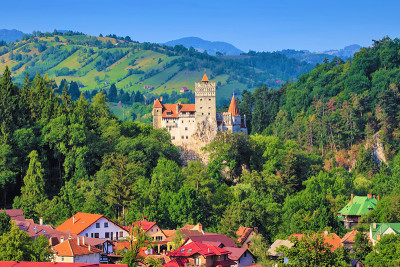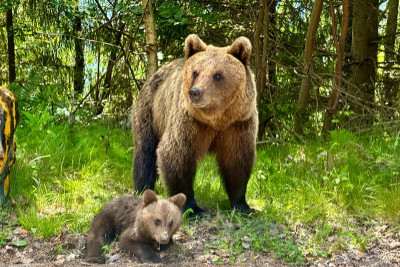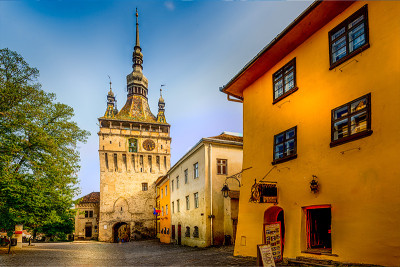Going on haunted tours is becoming more and more popular, and not just cities like Salem or New Orleans that are especially known for their creepy past, but all over the world. As you might expect, any place with a long history tends to have a scary story or two. Romania’s known history goes back further than a millennium, and Romania has the added advantage of being the home of Dracula. Long story short, there are plenty of spooky sites to visit in Romania! From castles and fortresses to hotels and ponds, if you want to experience the sceneries of nightmares, Romania has got you covered.
1. Dracula’s Castle: Bran Castle
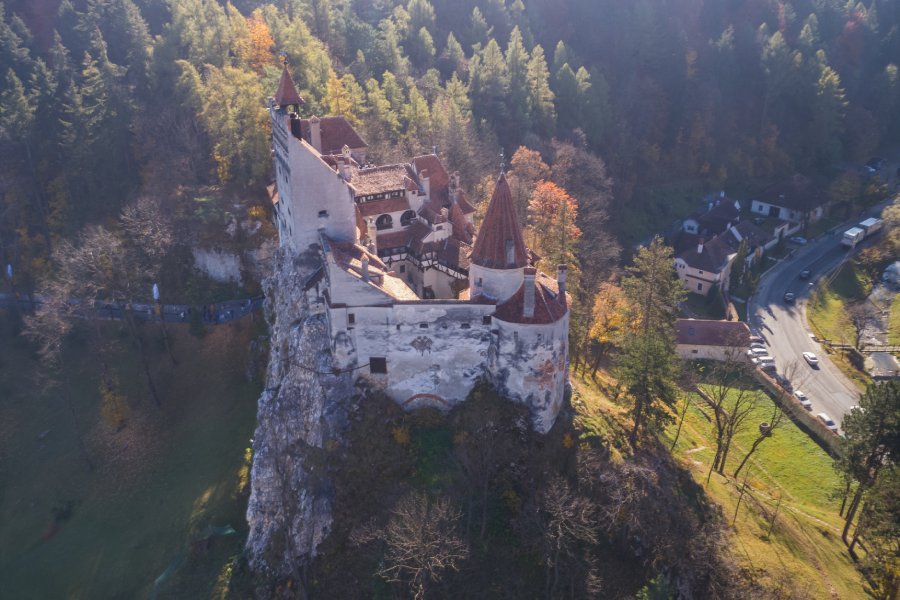
Alright, so there are actually two castles that are considered “Dracula’s” Castle: Bran Castle and Poenari Castle. Bran Castle is significantly more popular, and subjectively more beautiful. This is the one that is most similar to the castle described in Bram Stoker’s novel, Dracula. Although Stoker had never been to Romania himself, Bran Castle in Transylvania pretty much perfectly fits the bill for Dracula’s castle. It is perched at the top of an ominous hill, it is large and majestic, and it dates all the way back to the 1300s. Some people believe that the character Dracula is based off the real-life Romanian Ruler, Vlad the Impaler. Vlad did visit this castle during his lifetime, but he did not actually live here. Because of its age and perch overlooking the valleys, this is the ideal beautiful yet isolated and weathered castle to visit.
2. Dracula’s Castle: Poenari Castle
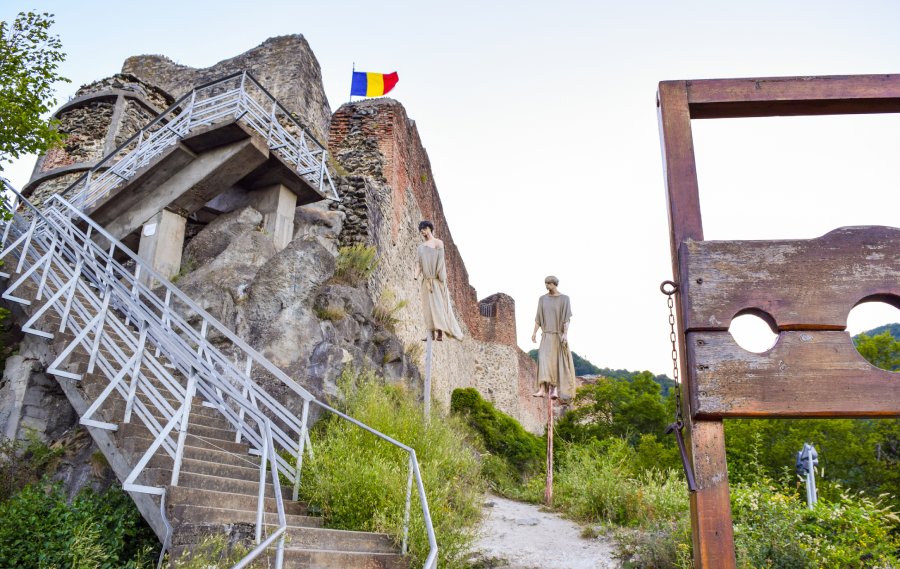
This is where the real-life Dracula, Vlad the Impaler, lived. Vlad was ruler of Wallachia, and his castle was in Wallachia. It is located in the middle of present-day Romania, about 100 miles northwest of Bucharest. Poenari Castle sits on top of a cliff that overlooks the Arges River. It was originally home to the Basarab rulers, dating back to the 1200s. The castle had been abandoned but Vlad came upon it one day while hunting. He fell in love with the ruined castle and decided that this would be his own residence. Vlad died in 1476 and the castle was still in use about 100 years after his death, but after that it fell into disrepair once again. Then in 1913 a huge earthquake struck which caused a landslide on Mount Albina and sent large parts of Poenari Castle crashing down into the Arges River. Two more earthquakes caused further damage, one in 1940 and a second in 1976. Since then, some repairs have been made to the walls and towers. If you are into abandoned building with hundreds of years of history – indeed the site of many deaths at the hands of Vlad – then this is the place to visit!
3. The Hoia-Baciu Forest
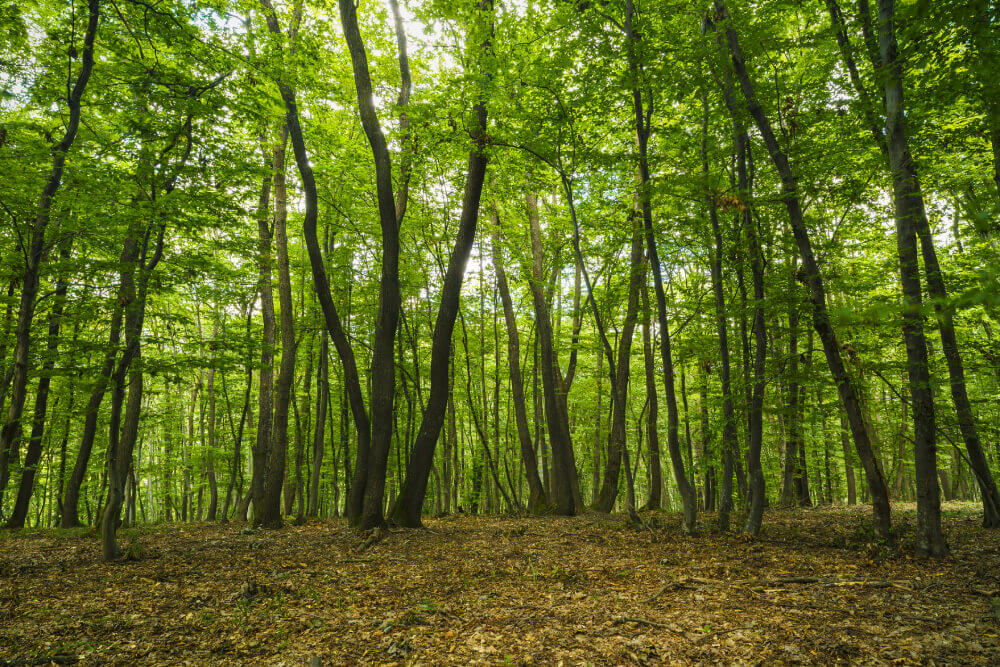
Ok, enough about classic stories and dead rulers – if you want sites that are actually spooky, where paranormal activity has been spotted, check out the Hoia-Baciu Forest! This forest is near Cluj-Napoca and is larger than 250 hectares. It is known as Romania’s Bermuda Triangle because of all the freaky and unexplainable things that have happened there.
Not only that, but the forest is rather dark and has strange-looking vegetation growing in it. Locals do not enter because they have heard too many stories. People who come out of it often have weird symptoms, from just nausea and anxiety to rashes, migraines, and burns. Share your story if you are brave enough to enter!
4. Gugu Peak
This peak in Godeanu mountains is known as “the Mountain that Disappears” because it seems like it just fades into the sky during certain hours of the day. Legend has it, this was a holy mountain of the Dacians (the previous civilization of present-day Romania) because the Dacian God Zalmoxis lived here. Supposedly Decebalus, the last king of Dacia, hid his treasure in this mountain. Moreover, paranormal activity experts say that this mountain is highly charged with energy. If you visit this mountain, be on the lookout for hidden treasure!
5. Geamana
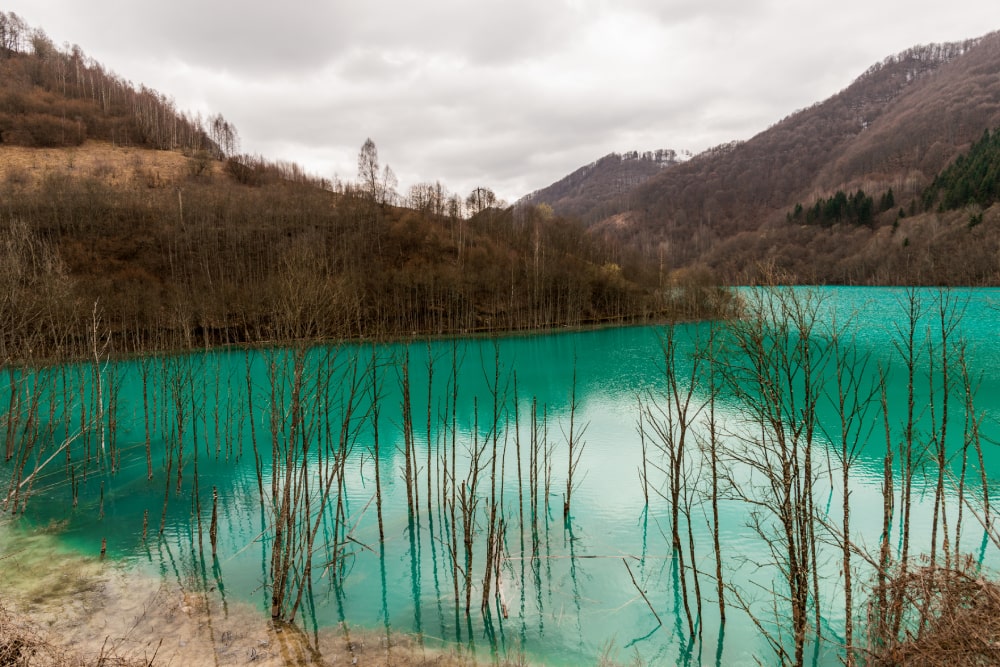
This is a village that has been submerged in toxic waste. About 40 years ago, this village was had about 400 houses and 1000 inhabitants. Communist ruler Nicolae Ceausescu decided to mine copper in Rosia Poieni, the largest copper deposit in all of Europe. The mining created large amounts of toxic waste, so Ceausescu ordered the waste to be dumped in Geamana because it was a nearby valley that could easily contain the waste. He ordered the villagers to leave and flooded the entire valley with waste. Most of the villagers listened, but some who lived on higher grounds decided to stay. You can visit the valley today, and see that it is filled with a red sludge. Many of the houses are still there, and it looks almost like they are sinking into a sea of blood. This is a sad story, but quite a site.
6. The Chiajna Monastery
This monastery is located in the outskirts of the capital city of Bucharest and because it was never blessed or really in use, it is thought to be cursed. It was built in 1780 but just 10 years later it was bombarded by the Turks because they believed it was a fortress. The Turks raided it, burning all the documents with a massive fire. Despite the fire, building lasted. However, shortly after this, the monastery was abandoned due to a plague. The building was never restored and in 1977 an earthquake caused further damage, causing the bell tower to collapse. The bell tower was then drawn away by the Dambovita River. Some say that on nights of a full moon, you can hear the sound of the bell pounding. We recommend planning your trip to the monastery using a lunar calendar!
There are quite a few more haunted sites in Romania, but this was a short list of some of the most popular ones! Add some excitement on your travels to Romania by visiting these haunted sites!
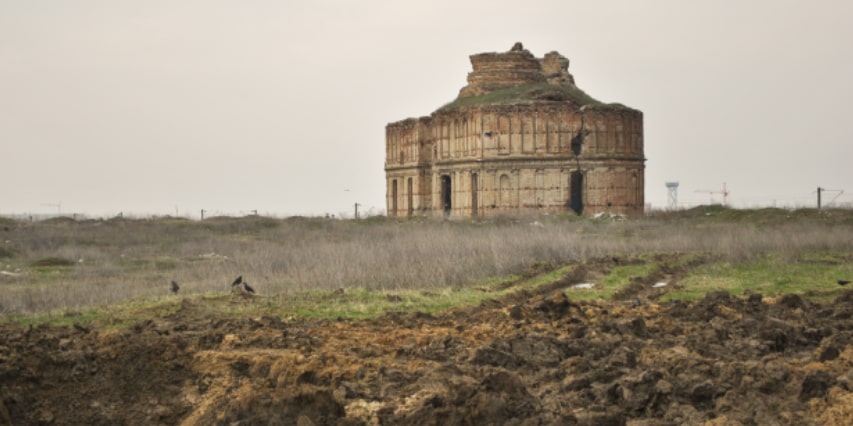
 ES
ES
 IT
IT
 DE
DE
 FR
FR
